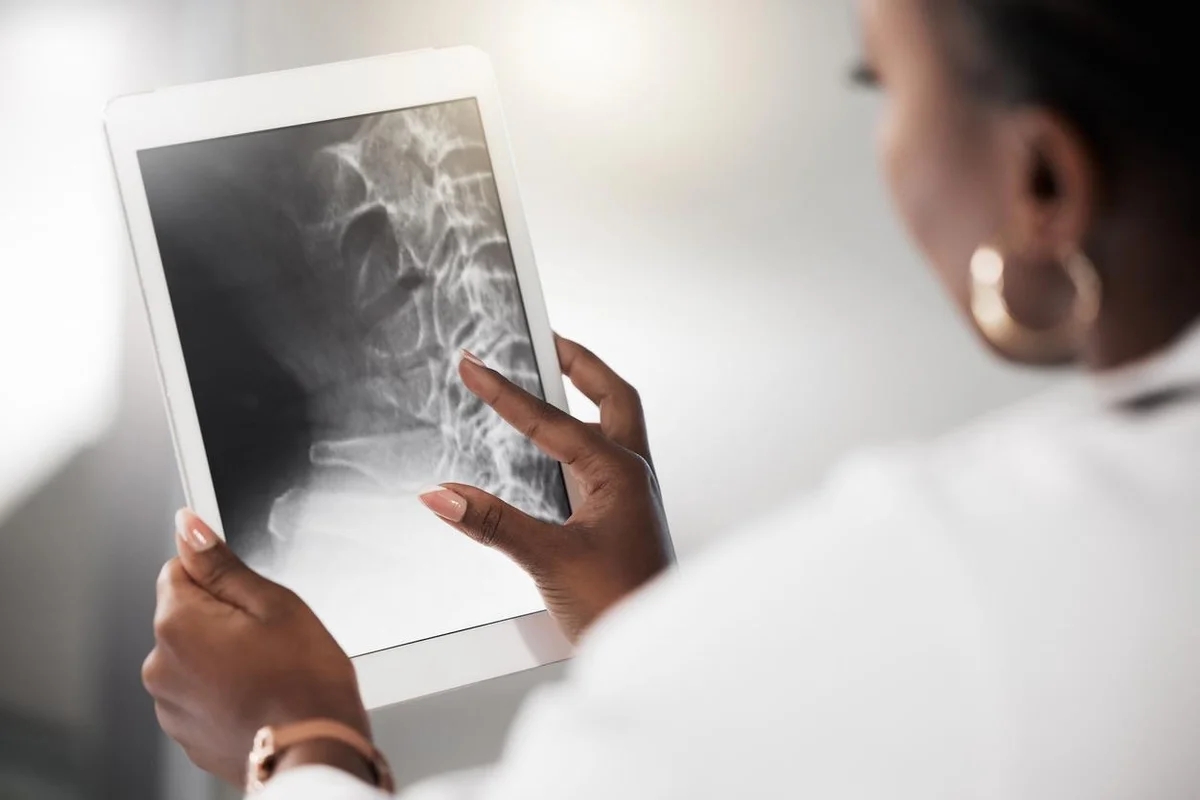This piece first appeared in The Hill on October 20, 2022.
To learn how you can spread awareness about the significance of DXA scans for all women, visit our YesYouScan page.
America faces an osteoporosis crisis. Over 50 million Americans are at risk of osteoporosis, while 10 million already have it; 80 percent of these individuals are women and one out of every five over-50 will develop the disease within their lifetime.
Osteoporosis, despite being prevalent, remains an invisible disease; thus giving rise to its unsuitable name: the “silent disease.” This term derives from people often having increasingly fragile bones without being aware of this decrease or feeling its impact; also there remains too little knowledge or awareness regarding osteoporosis’ prevention or delay and treatment once diagnosed.
World Osteoporosis Day provides us with an opportunity to change that; indeed, its consequences have far-reaching effects for women, their families and our nation as a whole. We must strive for better solutions today than those previously offered!
Bones are made up of living tissue that constantly breaks down and rebuilds themselves, but when this process happens too quickly for our bodies to recover from, osteoporosis sets in. At this stage, remaining bones become so weak and fragile that even slight movements like stretching, twisting, bending towards the floor, coughing or bumping into something or falling can result in broken bones.
Breakage to hip and spine bones is becoming a serious public health problem, according to a 2021 report commissioned by the Bone Health and Osteoporosis Foundation, with approximately 1.8 million Medicare beneficiaries experiencing approximately 2.1 million osteoporotic fractures in 2016. In addition, research conducted in Hong Kong last month demonstrated that hip fractures will nearly double globally by 2050.
Women are particularly at-risk of osteoporosis and typically experience rapid bone loss in the five to seven years postmenopause as their estrogen levels drop, often losing up to 20% of bone density over this short time frame. Overall, 50 percent of women will eventually break a bone due to osteoporosis.
Hip fractures can be particularly debilitating; women at an increased risk for osteoporosis-induced hip fracture are at equal risk as those at increased risk for breast, uterine and ovarian cancer combined. Yes, you read that correctly.
And that is only part of it; more women die annually due to complications caused by hip fractures than from breast cancer. Of those over 50 who break a hip, 25 percent die within one year, 50 percent never walk independently again and 20 percent must move permanently into nursing homes. As such, osteoporotic fractures cause more hospitalizations and higher healthcare costs in women 55 and older than heart attack, stroke or breast cancer combined.
Economic impacts are significant when it comes to osteoporosis. Medicare beneficiaries suffering osteoporotic fractures were estimated to have cost the government an estimated annual expense of providing care totaling approximately $57 billion in 2018. This amount includes both direct medical expenses as well as indirect societal costs related to lost productivity and informal caregiving arrangements; with America’s aging population projected for 2040 alone, this should cause alarm among everyone.
As it doesn’t have to be this way; osteoporosis management is within our power and well within reach. Diets rich in calcium and vitamin D can play an integral part in keeping bones strong; caffeine, excess salt intake, alcohol consumption and smoking all increase fracture risk; weight-bearing exercises which strengthen muscles are also essential as weight training has shown itself as both an antidote for bone loss as well as building them back stronger over time.
Preventive bone density tests, or dual-energy x-ray absorptiometry scans (DXA for short), are one of our many tools. Easy, painless and affordable DXA scans have proven themselves more accurate at predicting broken bones than cholesterol testing can predict heart attacks or taking blood pressure readings can. Medicare beneficiaries who undergo DXA bone density tests typically suffer 35% fewer hip fractures and 22% fewer fragility fractures compared to their counterparts without DXA tests.
Problematic is that too few at risk for osteoporosis are receiving these scans. After Medicare cut its reimbursement for scans done in doctor’s offices in 2007, there has been an alarming decrease in their receipt since. According to the Fracture Prevention Coalition, reduced access to DXA scans since 2008 means 7 million fewer women had their bone density tested – this number will only continue to grow unless something is done about it.
At H.R. 3517, the “Increasing Access to Osteoporosis Testing for Medicare Beneficiaries Act of 2021”, Congress must act swiftly and pass this bill that will increase access to DXA scans by reinstating Medicare funding for this procedure, so patients are better equipped to take care of themselves and maintain long-term health. Increased testing also lowers healthcare costs by decreasing preventable osteoporotic fractures in our country.
Millions of women, in particular, who face osteoporosis as an imminent health threat cannot wait any longer for this bill – their health and lives depend on it!
